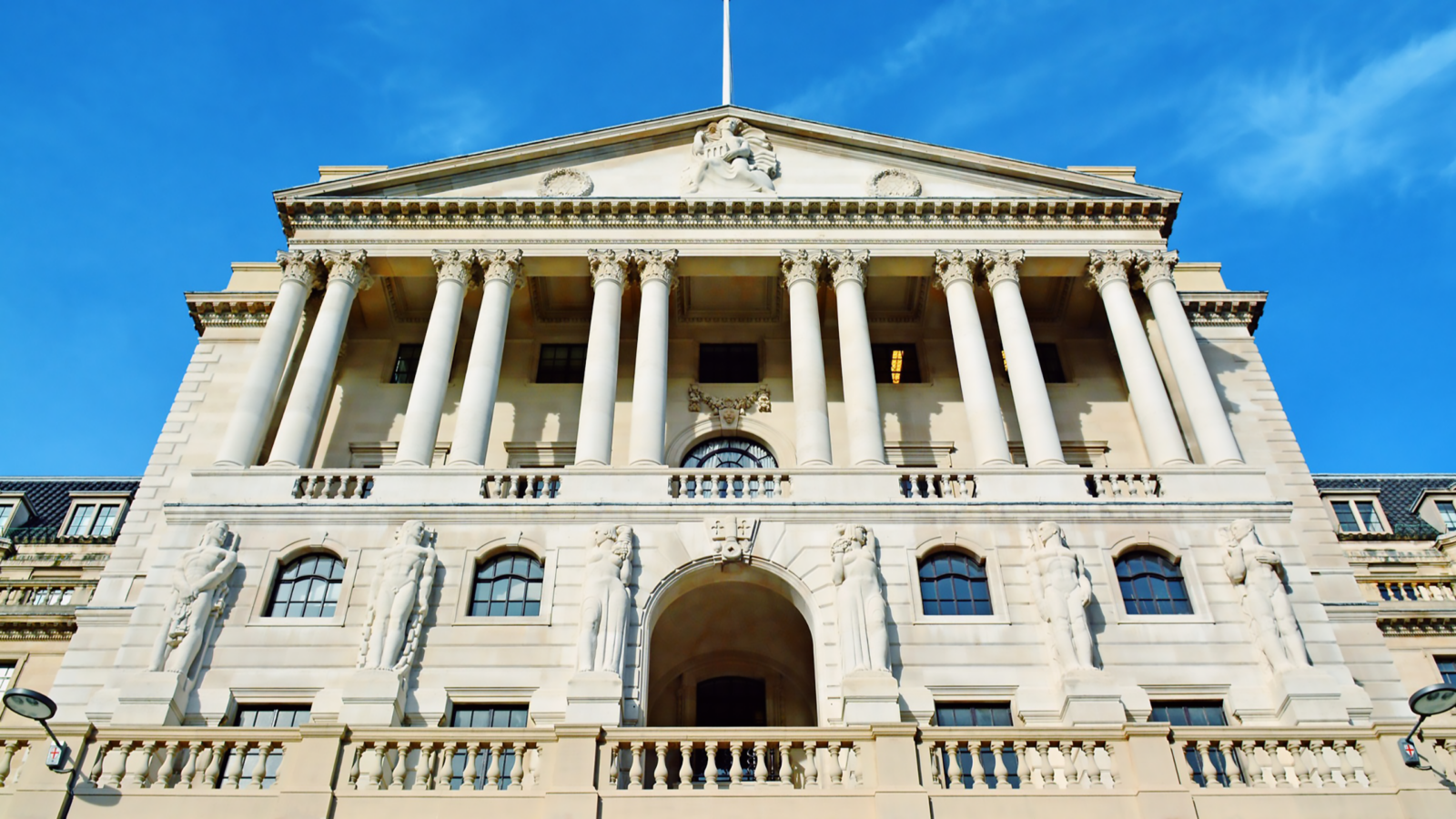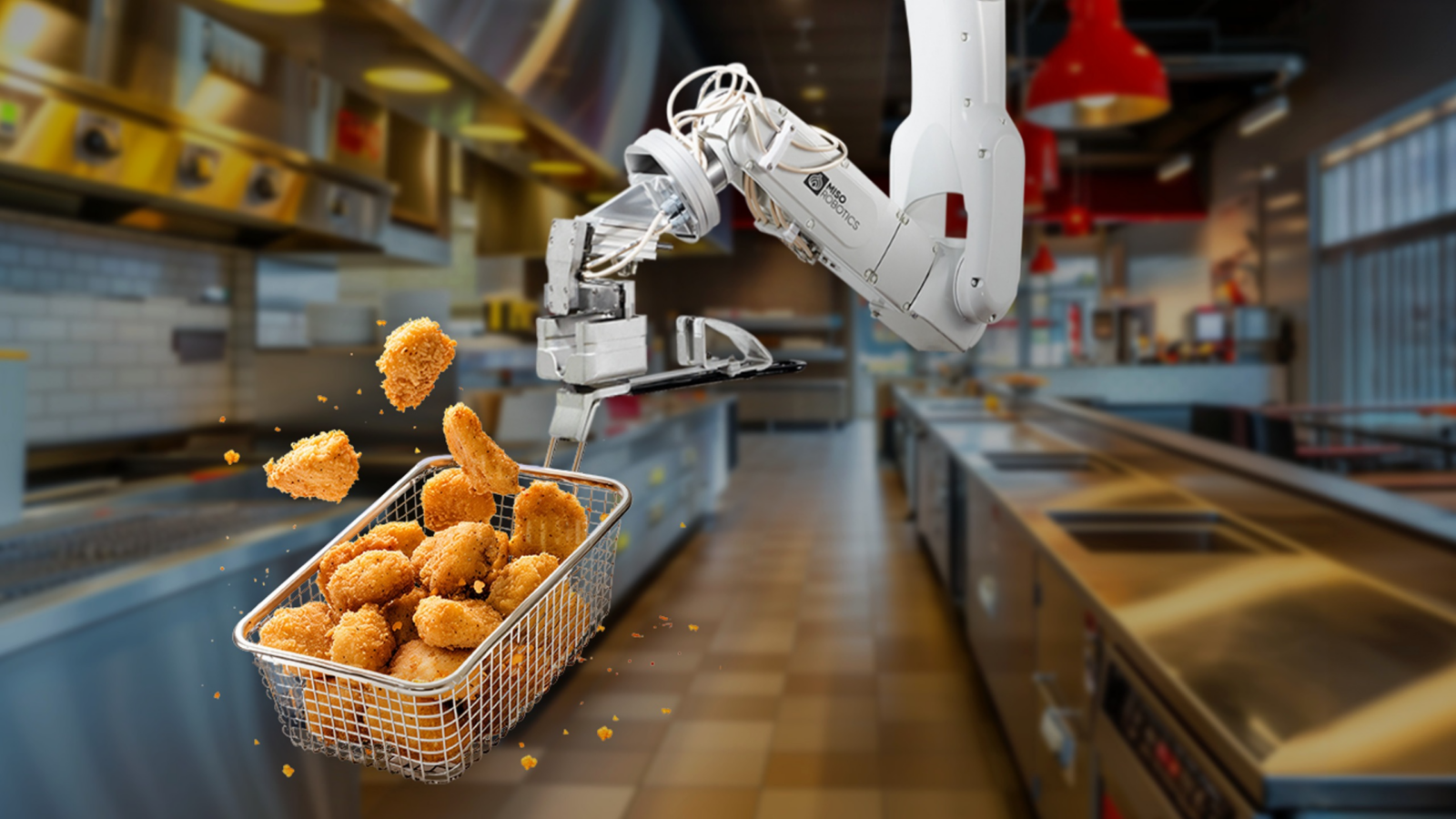Good morning and happy Friday.
With millions of social media followers, how could Bill Ackman go wrong?
In June, the outspoken billionaire hedge fund investor set out to raise $25 billion for a closed-end fund. Along the way, Ackman told institutional investors that he would use his X-née-Twitter account’s 1.3 million followers to attract a sizable amount of retail investors, sources told Bloomberg last month. By Tuesday, Ackman’s Pershing Square drastically revised its raise goal to just $2 billion. Now, Pershing Square has said it will be withdrawing its planned IPO altogether. That’s not to say Ackman gets nothing of value from his enormous social media audience: His announcement on X scored around a thousand likes.
The Bank of England Makes Its First Rate Cut in Over Four Years

We’ll see if this makes the UK a cut above.
This week the Bank of Japan and the US Federal Reserve did precisely what markets expected them to do (raised interest rates and stood pat, respectively), and the Bank of England voted Thursday to cut its key rates for the first time in over four years by a razor-thin 5-4 margin.
Split Decision
Going into the week, markets were basically split on whether the BoE would take action. Policymakers had offered limited forward guidance, leaving the decision shrouded in Sherlockian mystery. The nail-biter result was even punctuated by the fact that the bank’s chief economist, Huw Pill, voted against it.
The BoE’s key rate, now cut to 5%, had been 5.25% — the highest since the 2008 financial crisis — since August 2023. But UK inflation, which peaked at a 41-year high of 11.1% in October 2022, has met the BoE’s 2% target for the last two months, which assuaged just enough of its policymaking panel. Other metrics have been mixed and, according to the BoE’s meeting notes, the dissenting voters raised the issue of the “greater risk of more enduring structural shifts” impacting employment rates and growth. But what’s done is done, and there were ripple effects almost immediately:
- Lower rates can weigh on banks’ interest margins and profitability, and UK and European bank stocks performed accordingly: NatWest fell 8%, HSBC 6%, and Lloyds 5.7%, while the main European banking sector index fell 4%.
- Bond markets in the UK, US, and Europe are pricing in a forthcoming season of cuts. US Treasury yields fell to the lowest level in six months on Thursday, German 10-year bonds (the eurozone benchmark) are on pace for their fourth straight weekly fall, and the interest rate-sensitive UK 2-year gilt fell to its lowest point in 15 months after the BoE decision.
Caution: BoE Gov. Andrew Bailey, who voted for the cut, was nevertheless cautious, stating policymakers “need to make sure inflation stays low and be careful not to cut interest rates too quickly or too much.” So, while bond traders are pricing in multiple rate cuts in the US and Europe in the remainder of this year, the UK could fall quiet by comparison. “They are not committing to anything,” Bank of America’s global head of foreign exchange strategy, Athanasios Vamvakidis, told Forbes. “They will go meeting by meeting, remaining data dependent.”
Remember When Humans Did That?

Working the local burger joint’s fryer is tough – so much so that it’s getting harder and harder for fast food restaurants to staff their kitchens. In fact, ~3m jobs will go unfilled in the US alone.
Thankfully, “Miso Robotics has created some of the only restaurant-robot experiences that actually work.” That’s what Fast Company said in one of Miso’s back-to-back Most Innovative list inclusions.
It’s why brands like White Castle turned to Miso’s AI-powered robot, Flippy, to operate their fryers and boost their profits up to 4x.
Now Miso’s ready to scale. They’re even collaborating with NVIDIA.
To fuel their growth, Miso’s opened a funding round for investors to tap into the $1t fast food industry’s automation.
Check out Miso’s investment and bonus shares offering today.*
Can Carvana Pull Off a Comeback?
Carvana, a poster child for post-pandemic breakdowns, is suddenly revving up again.
The vending-machine-for-used-cars company posted stellar results in its latest earnings call, leaving many analysts to wonder if this may be the start of something new.
Drive to Survive
Like many companies in the growth-over-profit COVID-19 class that promised to replace real-life experiences with digital alternatives, Carvana got crushed once its growth engine started rumbling and investors got a look at the pedestrian margins under the hood. After an August 2021 peak, its share price tumbled a shocking 99% over a roughly 16-month stretch, sparking fears of bankruptcy. Of course, a rapid spike in interest rates didn’t help.
But next thing you know, there’s a turnaround. Revenue of $3.4 billion beat Wall Street’s expectations, while the sale of over 100,000 used cars marked a 33% improvement from the same quarter a year ago. As it turns out, Carvana’s fortunes may just be closely tied to the used-car market (shocking, we know). And after a couple years that now look downright ludicrous in the rearview mirror, said used-car market is finally settling back into a reasonable state:
- According to Cox Automotive’s Manheim used-car index, the price of a used car in the first half of July was down nearly 7% year-over-year, with decreases seen across all categories.
- Prices increased around 66% between January 2020 and January 2022 after increasing just 17% in the decade prior. Since the start of 2022, prices have declined 23% overall.
Zero to 60: In other words, used cars are starting to tip back toward a buyer’s market. That’s good news for Carvana, which saw its gross profit per unit take a massive spike in the latest quarter, from $529 to $7,049. On Thursday, its share price spiked nearly 10% following a nearly 15% increase on Wednesday; it’s up 3,100% since the start of 2023. Some analysts say the trend will only continue. “After a volatile past we see [Carvana] becoming a profitable secular growth story, with increasing retail unit sales and improving gross profit per unit metrics from leveraging a high-fixed-cost base,” Needham analyst Chris Pierce wrote in a note last month.
WeightWatchers Flounders in the Ozempic Era
WeightWatchers has been around 10 times longer than Ozempic, but seniority isn’t everything.
The company, now known as WW, announced on Thursday that it will be laying off employees and cutting costs to the tune of $100 million per year.
It’s Not Over ‘Til Everyone Medicates
WW suffered something of an existential crisis with the advent of semaglutide drugs: diabetes-turned-weight-loss drugs like Novo Nordisk’s Wegovy and Eli Lilly’s Mounjaro. Weight-loss drugs have experienced skyrocketing demand, which has in turn shaken the trunks of sectors that rely on our peckishness.
WW tried to ride the semaglutide wave, but hasn’t found much success:
- In March 2023, WW bought telehealth startup Sequence, which sells weight-loss drugs including Wegovy directly to consumers.
- In October, WW hired a new chief medical officer, Amy Meister, to run the medical intervention side of its business. Meister stepped down last week after just nine months on the job, sources told Bloomberg.
Wonderdrugs: The benefits of drugs like Wegovy and Mounjaro just keep coming, it seems. Earlier this week, a study found an older drug made by Novo Nordisk may slow the progression of Alzheimer’s disease. Meanwhile, Eli Lilly announced that tirzepatide — the drug inside its weight-loss medication Zepbound, also sold under the name Mounjaro to treat diabetes — offered numerous benefits to heart-failure patients. Beating a whole host of diseases is kind of a tall order for WW.
Extra Upside
- Golden Apple: Apple beats expectations thanks to strong iPad sales and Services revenue.
- Not Ready for Prime Time: Amazon slips on earnings miss, and competition heats up.
- Middle seat: The Biden administration wants to ban airline seating fees for parents with kids.
Just For Fun
Disclaimer
*Disclosure: This is a paid advertisement for Miso Robotics’ Regulation A offering. Please read the offering circular at invest.misorobotics.com.

